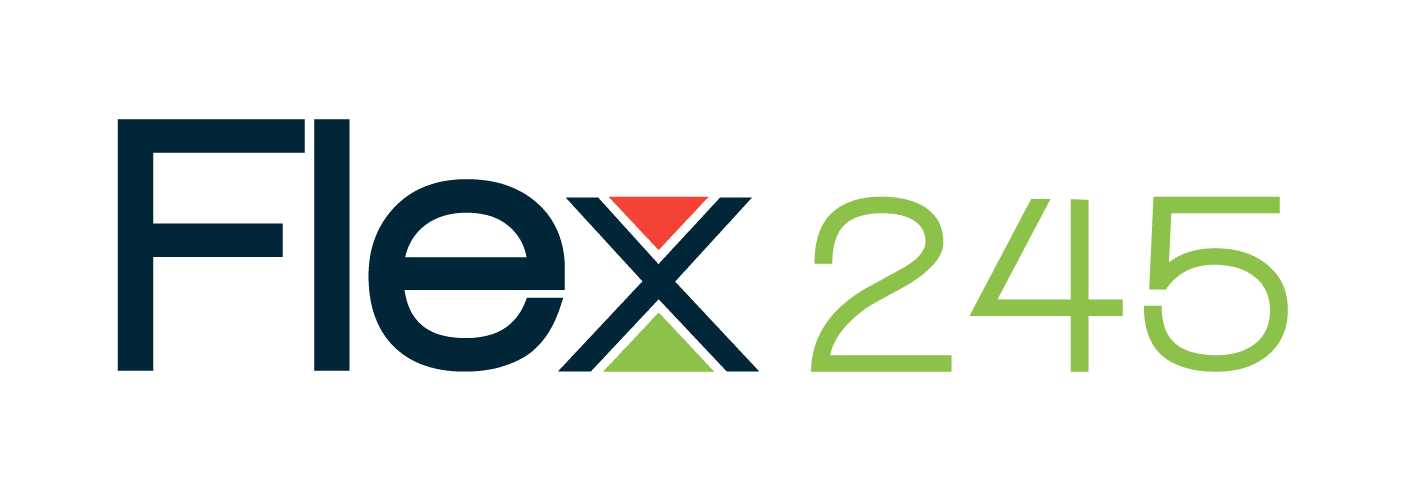Crossover strategy
Forex indicators
There are many tools in a forex trader’s tool box that we can use to start giving us the advantage and bring us closer to consistent profits. Understanding and using indicators is one of the factors we can use to increase our success rate.
Do forex indicators actually work?
It is impossible to say 100% that they always work every time. Nothing always works every time, but indicators can help increase your success rate. Imagine every trade started off with a 50% chance of winning. It will either go up or down at some point. Now to start making a profit you need to start increasing the chances, even slightly.
We can look at news events to start increasing the chance, price action, pivot points and yes, indicators. There are hundreds of different indicators. Some can help you confirm a trade, some to find a trade, and some will tell you when it is too dangerous to trade.
Long story short, yes. They work.
Why should I use indicators?
The above picture is of the MetaTrader 4 platform with 3 indicators that we will be using. And we’ll go through each one on its own, and put it all together in this simple crossover strategy.
You definitely don’t have to use indicators. Many traders use a pure price action approach and are quite successful. But you will not know if these can help you be more profitable unless you learn at least a few of the better forex signals.
Moving average indicator
Moving averages are one of the most popular fundamental trades of technical traders. The two most popular types are the simple moving average (SMA) and the exponential moving average (EMA) indicators.
The SMA is calculated by taking the average market price over a selected range. For example, if you had the input value selected to 10, it would simply take the average price over the last 10 candles and plot that point. The smaller the input value given, the closer to the actual price it will reflect. People refer to the smaller inputs as being “quicker” or “faster” because the moving average indicator will respond quicker to price updates than the longer periods.
The above forex chart is showing a Moving Average with a period of 20, shown in green.
The EMA is a bit more complicated. It is calculated by taking the difference between the current price and the previous EMA. This value is multiplied by a set percentage (often dependent on the number of periods taken into account).
Simply put, the EMA does take into account the full range you specify, but the more recent candles are weighted more. So it is slightly more responsive than the SMA.
MACD forex indicator
One of the most used, but not often understood forex indicator (in my humble opinion). The Moving Average Convergence/Divergence is essentially an EMA crossover system drawn as a histogram. It measures the difference between a fast and a slow EMA of closing prices.
The formula is Fast EMA – slow EMA. Then a signal line is drawn on top of the histogram which enables you to look for entry points. When you setup MACD it will ask for the three variables, so keep in mind what you are looking for. Smaller EMA settings will yield quicker responses but will also show more fakes.
When the MACD crosses the 0 point it confirms a possible change in the direction of the market.
Relative strength index (RSI)
The RSI forex indicator measures the strength of a trend and even shows direction. It is one of the more popular tools and is relatively easy to interpret. The oscillator (representation style) looks like a simple graph with a range from 0 to 100.
The value 50 represents a sideways movement in the market, 100 extreme uptrend, and 0 extreme downtrend. The more it deviates from 50 the stronger the trend is.
You can also use this forex indicator as a way to confirm overbought and oversold positions, although many prefer to use Stochastics for that purpose.
Stochastic forex indicator
Stochastics is a forex indicator used in technical analysis. It compares the closing prices in a market to the high and low prices for that market over a certain period of time.
Stochastics are calculated by taking the lowest low price and the highest high price for a number of previous trading periods. The difference between the current closing price and the lowest low is divided by the difference between the highest high and lowest low. The result is multiplied by 100.
Stochastics are used to determine when a market is overbought or oversold. Generally, when the indicator is showing values above 80% we see it as overbought and below 20% it is oversold. This helps us get ready to find a good entry point and is used in several systems.
Learn more about forex indicators
These are just a few of the forex indicators available to you through the Meta Trader 4 platform. We’ll be putting these ones together for a trading strategy as a way to introduce you to the basics of forex trading.
If you would like a copy of our e-book which contains this and plenty more about forex trading, simply leave your details in our contact form

